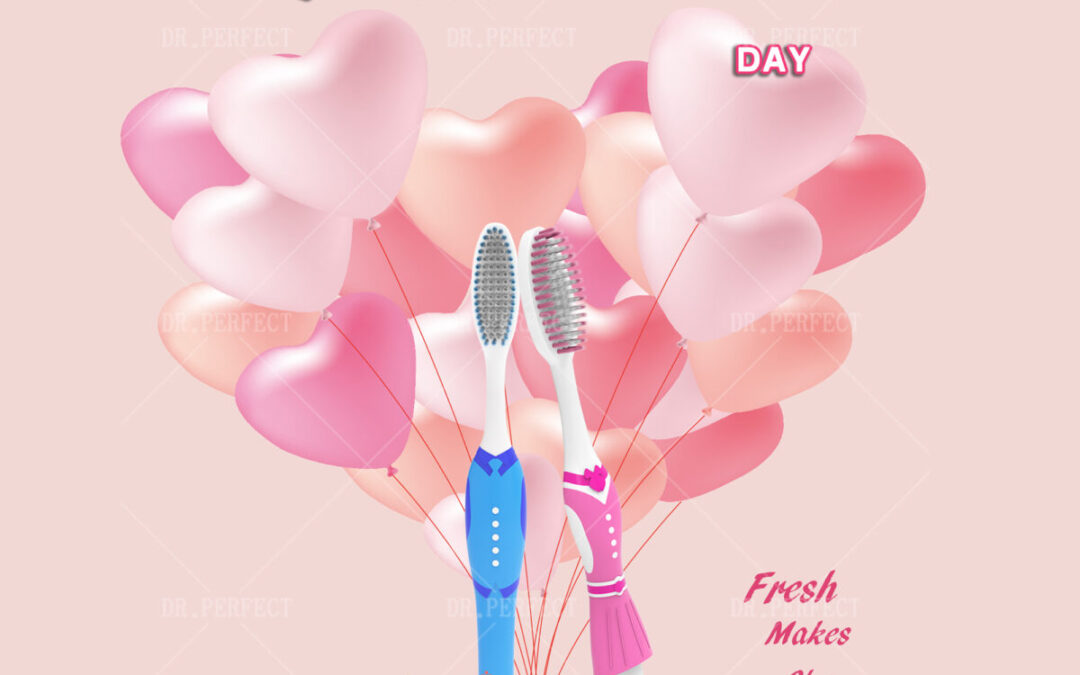Developing a dental health routine goes a long way towards preventing future health problems. It also saves a lot of money. Tooth decay, as we know, is one of the most common chronic childhood diseases. So is gingivitis—that seemingly inconsequential thing that leads to more sinister and serious physical health conditions. The good news is these problems can be prevented with a good oral health care routine.
But how do we establish one? What is the first thing we need to do to help our children take care of their teeth while they’re young? Well, there’s only one way to go—choose the right toothbrush. Yep, you read that right. How can a toothbrush be of such consequence, right? Most people just grab the nearest toothbrush in the supermarket and then that’s it. Sure, it’s not rocket science. However, if we want to have healthy teeth and gums, we have to pay attention to the toothbrush we buy. We may even have to start thinking about our choice.
How do we know if it’s the right toothbrush, though? Well, here are some of the questions we could ask ourselves when shopping for one.
Is it big/small enough for your mouth?
Yes, size does matter, especially when choosing a toothbrush. The best-sized toothbrush for you should give you easy access to all the surfaces of your teeth, especially the ones that are hard to reach. Normally, a half-inch wide and one-inch-tall toothbrush head is the easiest to use as well as the most effective. Of course, for people who prefer something bigger, there are some of those available. For the most part, however, the smaller ones are easier to navigate and maneuver when you’re cleaning the sides and backs of your molars.
How soft/hard is the bristle?
One of the things that people check out when buying a toothbrush is the bristle variety. After all, the bristles are the ones that do the cleaning of your teeth. You have to make sure that you’re comfortable with it, and that it is effective. For most toothbrush brands, there are three options for bristles—soft, medium, and hard nylon ones. Dentists usually recommend soft-bristled toothbrushes to the majority. This is because it is extremely comfortable for both the teeth and the gums. It’s also the safest one to use if you want to avoid damage to your gums, root surface, and protective tooth enamel. If you can ensure that the bristles have rounded tips, that also would be a better option, especially for people who have vigorous brushing habits.
Is it recommended by your dentist?
If you want to make sure about a certain brand of toothbrush, you can ask your dentist about it. If you don’t have one, though, it would be far easier—not to mention cheaper—to check for the ADA (American Dental Association) seal of approval. If they have this, it means that that particular toothbrush has gone through rigorous quality control tests for both safety and efficacy. In addition, the seal also ensures that the bristles have safe tips and that the toothbrush won’t fall apart at the slightest application—meaning that the bristles won’t fall just fall out without extreme provocation and that the handle won’t break off in the middle of your dental care routine.
Is it expensive?
The expense shouldn’t matter, especially when it’s about oral health. What should matter is your comfort, the effectiveness of the equipment, and perhaps its sustainability. However, when choosing between two similar toothbrushes—both with ADA seals of approval—with one slightly cheaper than the other, you should go for a cheaper one. The more expensive toothbrush is probably that because of its brand, which you can’t use to brush your teeth.
However, if it’s between a manual toothbrush and a more expensive powered one, think about it this way: Do you need the electric toothbrush because you have a dexterity problem? Because if you don’t, choose the manual one. According to dentists, when done right, manual brushing is just as good as when you use an electric toothbrush. So try not to overreach your budget and just go for the one you need.
Is it safe?
It’s always better to be safe than sorry. That said, make sure that whatever toothbrush you pick is safe for you. Consult your dentist if necessary. This is because even with the ADA seal of approval, some toothbrushes aren’t safe for certain people. An example would be people who are overly enthusiastic and therefore vigorous in their toothbrush application, which could cause damage to both their teeth and gums. These people should then refrain from brushing manually and instead, choose a powered toothbrush for an easier and gentler clean. Another example is how electric toothbrushes potentially increase the number of bacteria in the bloodstream. While this doesn’t affect healthy people, it could pose a risk to those with heart conditions, since it could cause heart infections and such. Therefore, to be safe, it would be best to consult with a dentist about your toothbrush choice.
Many factors could influence your decision in choosing the right toothbrush for yourself. The final factor is your opinion. Simply put, since you’re the one who will use the equipment, choose the one you like most after you’ve asked yourself all the questions above. Ultimately, it’s your choice to make. Of course, this doesn’t mean that you can choose randomly out of a drugstore. You still need to make sure you are as well-informed about your choice as possible. However, try to pick the one you like, based on your experience, or your own choice.
For example, if you have arthritis that makes it difficult for you to use manual brushes, go for the powered ones since it makes you brush more comfortably and efficiently. Don’t let factors like the expense muddle your choice. If it can’t be avoided, don’t avoid it. Think about the money you get to save on future dental fees instead.
